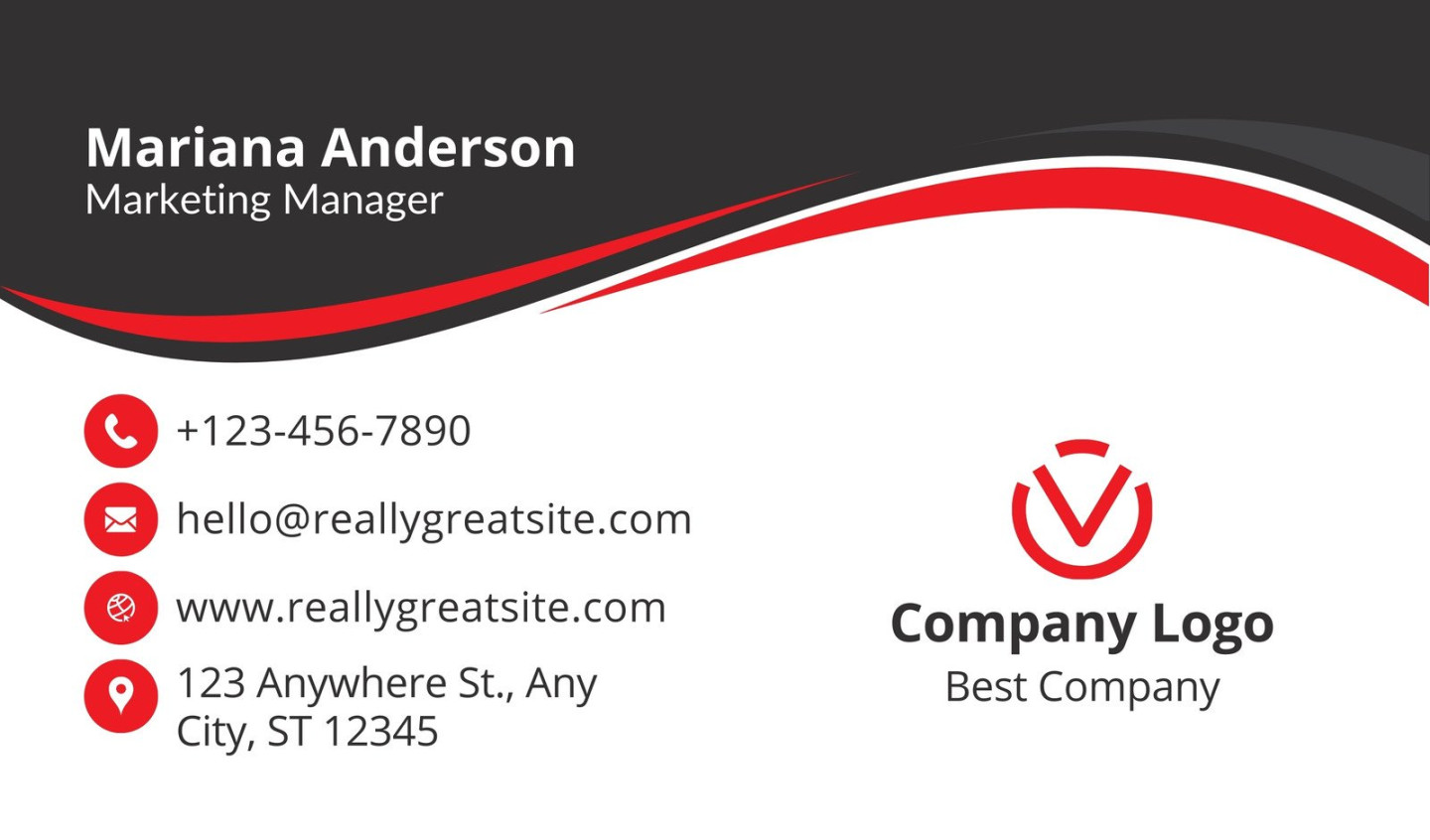A template for a calling Card, also known as a business card, serves as a concise and visually appealing representation of an individual or organization. It provides essential contact information and can be a valuable tool for networking and professional interactions. When designing a template for a calling card, it is crucial to prioritize elements that convey professionalism and trust.
Key Design Elements for a Professional Calling Card

Font Selection
The choice of font significantly impacts the overall appearance and readability of a calling card. Opt for fonts that are clean, legible, and easily recognizable. Avoid overly decorative or difficult-to-read fonts. Sans-serif fonts like Helvetica, Arial, or Roboto are popular choices due to their modern and professional appearance.
Color Scheme
A well-chosen color scheme can enhance the visual appeal and brand identity of a calling card. Consider using colors that complement each other and align with your organization’s branding. Limit the color palette to two or three primary colors to maintain a cohesive and professional look.
Layout and Spacing
The layout of a calling card should be well-organized and easy to navigate. Ensure that the information is clearly arranged and there is adequate spacing between elements. Avoid overcrowding the card with too much text or graphics.
Typography
Typography plays a vital role in conveying professionalism and readability. Use a consistent font size and style throughout the card. Consider using a larger font size for the name and title to make them stand out.
Contact Information
Include essential contact information such as name, title, company name, address, phone number, email address, and website. Ensure that the information is accurate and up-to-date.
Logo and Branding
If applicable, incorporate your company logo or personal branding elements into the design. The logo should be placed prominently and be easily recognizable.
Additional Information
Depending on your industry or personal preferences, you may consider including additional information such as social media handles, certifications, or a tagline. However, be mindful of the limited space available on a calling card and prioritize the most relevant information.
Paper Quality
The quality of the paper used for your calling cards can significantly impact their perceived value and professionalism. Opt for a high-quality cardstock that is thick and durable. Consider using a paper finish like matte or linen for a more sophisticated look.
Examples of Professional Calling Card Designs
To gain inspiration for your own calling card design, explore examples from various industries and professionals. Pay attention to the font choices, color schemes, layouts, and overall aesthetic.
Conclusion
A well-designed template for a calling card can make a lasting impression and help you establish a professional image. By carefully considering the key design elements outlined in this guide, you can create a calling card that is both visually appealing and effective in conveying your professional identity.